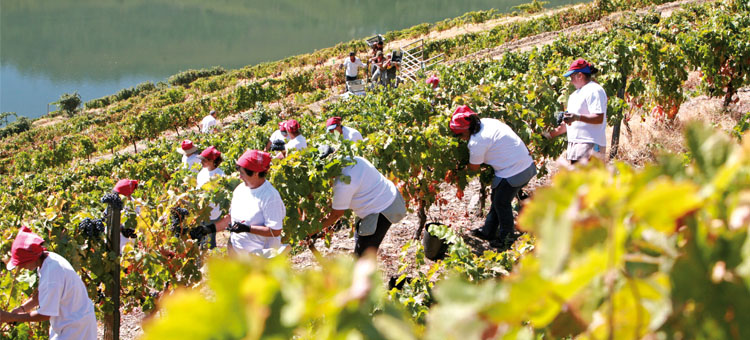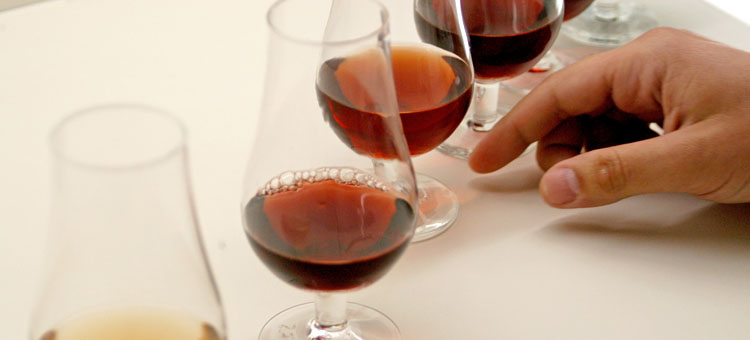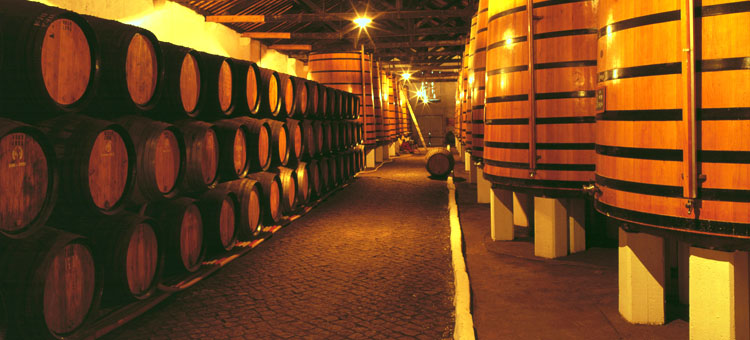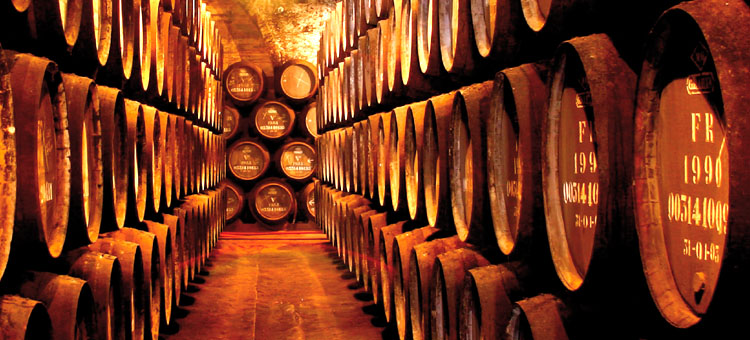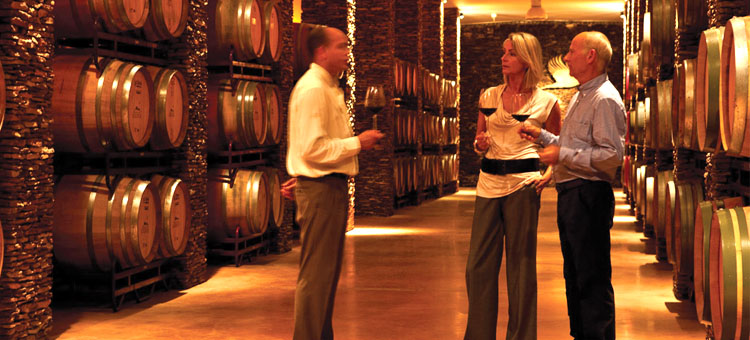Mumbai: Portugal is a country of strong wine tradition, and the excellent quality of its wines is recognised across the world with numerous awards and distinctions won in international competitions.
And to appreciate and know them, nothing like visiting the regions where they are produced, and wine is an excellent excuse to also discover the landscapes, heritage, culture and the people who live here.
The Douro and Alentejo regions are where you will find the largest number of places dedicated to wine tourism, but there are wine production units receiving visitors all over the country, including the Algarve.
To fully get to know the vineyards, the wineries and taste the wines, why not stay overnight and explore the surrounding area too? Start with the Alto Douro Wine Region, created in 1756, that Port wine that has always been intended for export is produced. No wonder that there is a centuries old tradition here of welcoming visitors and sharing with them the best that the region has to offer.
To start with, there’s the superb scenery of the Douro valley, where man built terraces to plant vines on the region’s rugged slopes. A landscape was produced that was classified by UNESCO as a World Heritage Site, populated by farms traditionally linked to wine.
It’s possible to get here from Porto, where the Port Wine Lodges are, and a good way to discover the region is on board a cruise ship, visiting some of the most iconic sites linked to the production of fine wines from the Douro and Porto.
The central region contains historic cities like Viseu, Coimbra – recently included on the World Heritage list – and Aveiro on the coast, and other charming places like Buçaco with its century old spa.
The Alentejo is a fertile region in wine tourism units, and it is here that one can find several leading national producers. At their centre is Évora, another World Heritage city, whose beautiful, serene historical centre will leave you enchanted.
One can also participate in the grape harvest and observe the different stages in the making of a wine. Must visit is also Reguengos de Monsaraz, which in 2015 was the European city of the wine.

